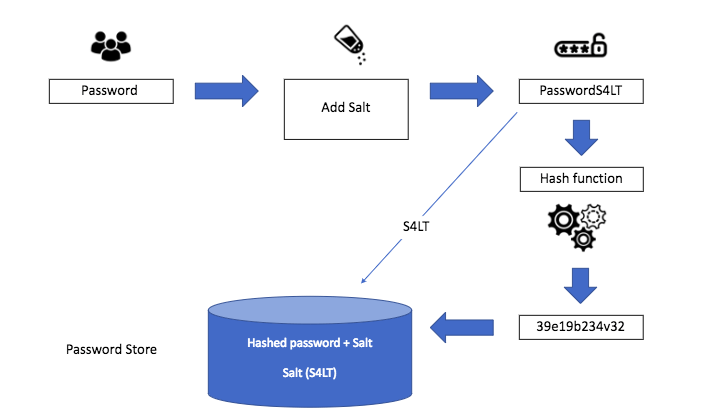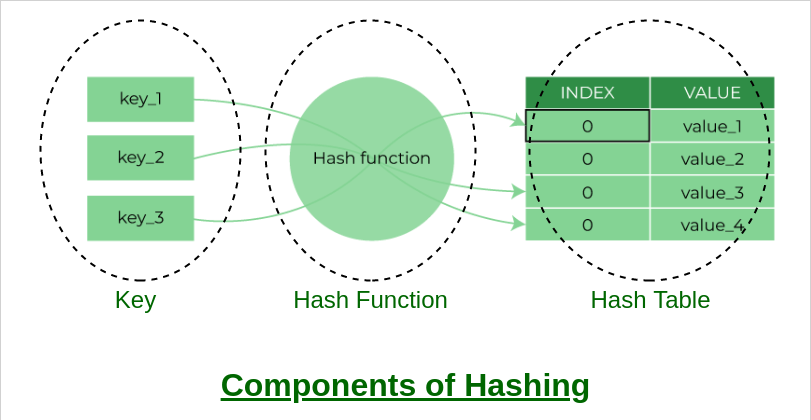In today’s digital age, where we rely heavily on technology for most of our daily tasks, the use of passwords has become increasingly common. However, with the rise of cyber threats, securing passwords has become a major concern for individuals and businesses alike. Passwords are used to protect sensitive information, such as bank account details, personal information, and confidential business data, and a data breach could have severe consequences. This is where modern technology comes into play. In this article, we will explore the different methods used to securely save passwords in databases
Salting
To overcome the limitations of hashing, the method of salting is used. Salting involves adding a random string of characters, called a salt, to the password before hashing it. This makes it more difficult for an attacker to use pre-computed tables to match the hash to the original password. Salting also eliminates the possibility of collisions, as even two identical passwords will result in different hashes if they have different salts
Salting is a technique used to enhance the security of password hashing. When passwords are hashed, they are converted into a fixed-length string of characters. If two users have the same password, they will end up with the same hash. This means that if an attacker obtains the hash, they can easily find the password by looking it up in a pre-computed table known as a rainbow table.
Salting addresses this problem by adding a unique, random string of characters to each password before hashing it. This means that even if two users have the same password, their hashed passwords will be different because they will have different salts.
For example, suppose two users have the same password “password123”. Without salting, their hashed passwords would be the same, and an attacker could use a pre-computed table to quickly find the password. With salting, however, a unique and random string of characters is added to each user’s password before it is hashed.
Let’s say User A’s salt is “4kG7a3” and User B’s salt is “Z5pR9f”. Their salted passwords would be “password1234kG7a3” and “password123Z5pR9f”, respectively. When these passwords are hashed, they will result in different hashes, even though the original passwords are the same.
This means that an attacker who obtains the hashed passwords would not be able to use a pre-computed table to find the passwords because they do not know the salt. They would have to generate a new rainbow table for each salt, which would be impractical.
Salting also helps to protect against dictionary attacks. A dictionary attack is when an attacker uses a list of common passwords to try to guess a user’s password. With salting, even if the password is a common word or phrase, the unique salt makes it difficult for an attacker to guess the password.
In summary, salting is a technique used to enhance the security of password hashing by adding a unique and random string of characters to each password before it is hashed. This makes it more difficult for attackers to use pre-computed tables or dictionary attacks to guess passwords













